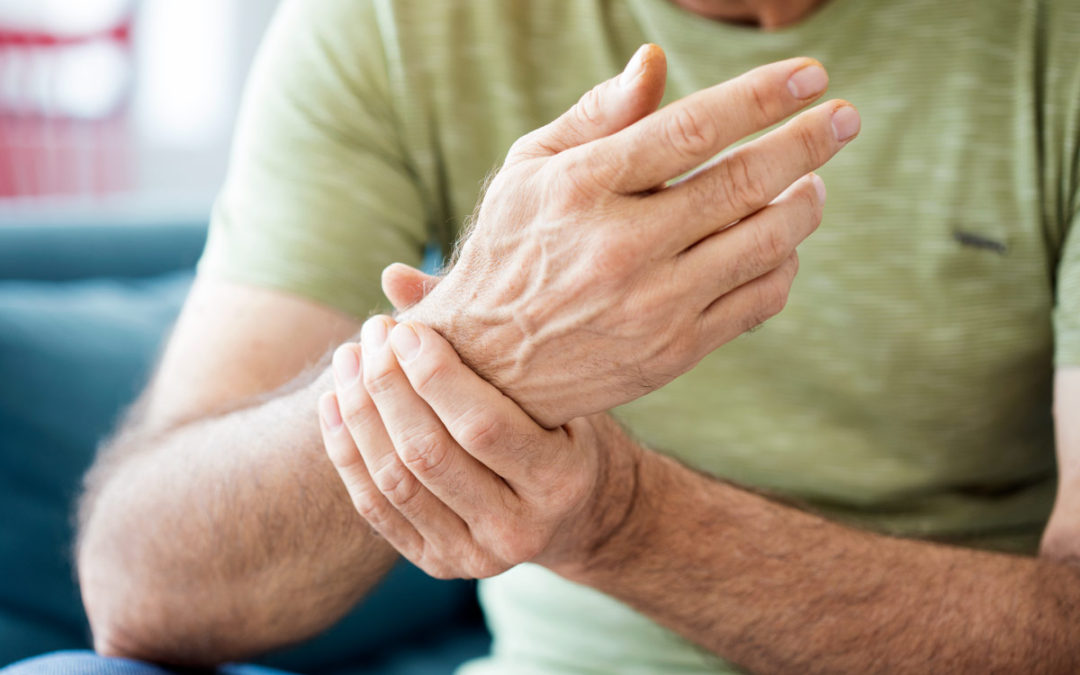The wrist is eight irregularly-shaped little bones between the arm bones and fingers. There are also twenty or so ligaments that hold your wrist and hand together. In fact, the design of the wrist and hand is so complex that accurately finding and fixing the cause of lingering wrist pain can be tricky.
Do You or Someone You Know Suffer From Carpal Tunnel?
Check out our blog here.
We’ve found that trauma is the biggest source of wrist issues, as it can cause one or more of the ligaments to become lax, or loose. This then leads to extra instability in one or more of those eight wrist bones, and over time this wears away the cartilage, leading to arthritis. Hence, treatment should focus on restoring the integrity of the wrist ligaments.
An old injury to the wrist ligaments can go unnoticed for years. Suddenly while performing downward dog in yoga, for example, pain shoots through that wrist, and it’s discovered on exam that the wrist experienced some unknown injury at some point and the ligaments are now stretched and getting worse. Perhaps even swelling and arthritis have set in because of all of the excessive movement in the carpal bones in the hand.

Suffering from wrist pain? It is treatable!
Big-surgery approaches for the wrist include wrist fusions and even wrist replacements. With wrist replacements, over 50% of patients report complications, such as serious contractures (when the ligaments and tendons become so scarred down the wrist won’t function) and failure of the implanted devices.
In a wrist fusion, cartilage is removed from bones in the wrist, a graft is placed between the bones, and a metal plate bolts the wrist to the radial bone in the forearm. The purpose is to grow the bones of the wrist together with the radial bone, making them one solid unit. As you can imagine, this surgery is permanent and eliminates movement in the wrist.
Thankfully, wrist arthritis and instability can usually be treated without surgery and with ultraprecise, fluoroscopic, ultrasound-guided injections of platelet-rich plasma (PRP) and stem cells. I find the wrist commonly hurts due to bad biomechanics that are usually centered around a neck problem where the nerves branch all the way down to the wrists and hands. Many times we will focus on fixing the bad movement patterns or precisely injecting your own platelets into your arthritic wrist joints, ligaments, and/or neck.


